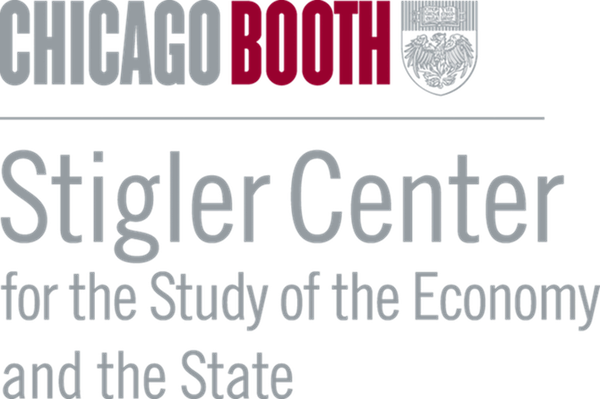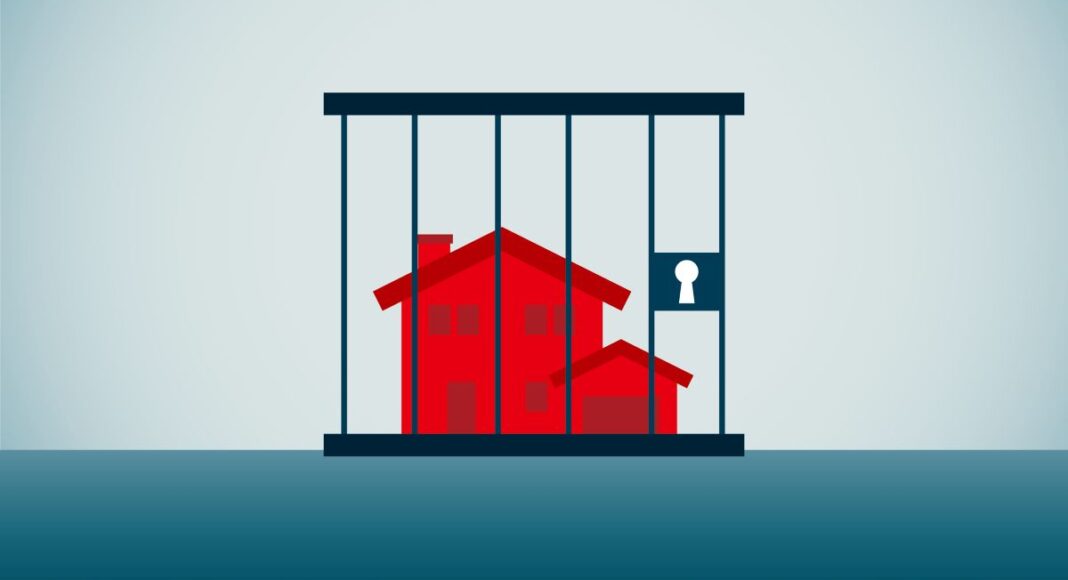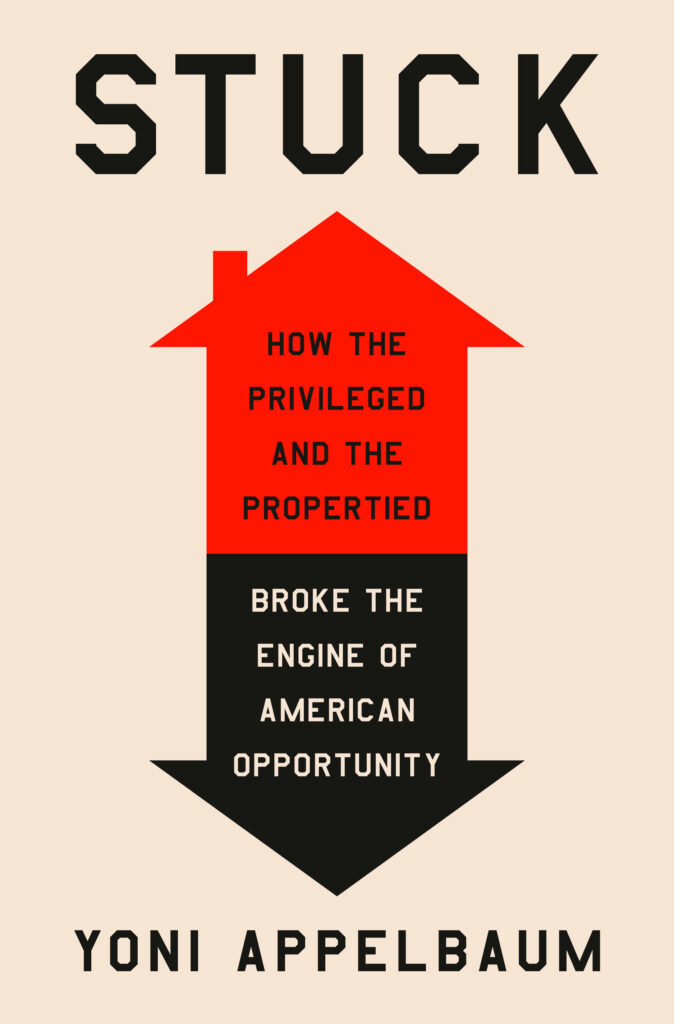The following is an excerpt from Yoni Appelbaum’s new book, “STUCK: How the Privileged and the Propertied Broke the Engine of American Opportunity,” now out at Penguin Random House LLC.
What killed American mobility? There is no shortage of suspects. People have always been most mobile while they’re relatively young, and the country is aging. The median American was just sixteen years old in 1800 and twenty-eight in 1970, but more than thirty eight today. The spread of occupational licensing might have made it more costly to find jobs in new places. Or perhaps the answers reflect positive trends. As more women have gained entry into the workforce, two-career households might have found it increasingly difficult to relocate. The prevalence of joint custody makes it harder for members of divorced couples to move. More Americans own their homes, and renters have always been more mobile. Maybe Americans are just growing more successful and better able to locate jobs and communities that meet their needs, reducing their impulse to move someplace else. Maybe they are relying on remote work to stay where they are.
But none of these answers can possibly explain the broad, persistent declines in geographic mobility by itself, or even if you add them all together. The country may be older, but the drop has been particularly steep among younger Americans. The spread of occupational licensing is real, but most jobs aren’t licensed, and it accounts for perhaps 5 percent of the total decline. Two-earner households may be less mobile, but their mobility has declined in tandem with that of other groups. Mobility is down not just among homeowners but also among renters, and its decline antedates the rise of remote work. And just look around. Do Americans look happier and more satisfied to you?
But there is one more set of suspects, and the evidence for their guilt is damning: American mobility has been slowly strangled by generations of reformers, seeking to reassert control over their neighborhoods and their neighbors. At the beginning of the twentieth century, reformers sought to apply the fruits of science and reason to manage growth, reimposing order and control on a jumbled and chaotic landscape that mixed shops and apartments in among the houses, and occupants of varied ethnicities and income brackets. Their chosen tools were building codes and restrictive covenants and zoning ordinances, designed to segregate land by use and class and race. New Deal bureaucrats next took up the cause, requiring local jurisdictions to apply these tools to their communities and put ting new construction firmly under the purview of government. Then, in the postwar decades, skepticism of big business and big government led a new generation of activists to empower individuals and groups to challenge decisions made by bureaucrats. This varied lot of reformers acted from a wide mix of motives, some laudable and others despicable. Some would probably appreciate what they have wrought, while others would be appalled at the unintended consequences of their work. But taken together, the reforms that they enacted have created a peculiarly dysfunctional system. Almost all new construction in the United States now requires government approval, and anyone with sufficient time and resources and education can effectively veto that approval, or at least impose great expense and delay. The result is that in the very places that need it most desperately, housing has become prohibitively difficult to build. If the freedom to move was originally secured by allowing Americans to choose their own communities, then it has been undone by a series of legal and political changes that restored the sovereignty of local communities and allowed them again to select their own members.
These changes took hold so gradually that most Americans are unaware of how radically they have altered their society. For most of our history, a highly mobile population moved toward opportunity. When a place prospered, it quickly swelled with new arrivals. Builders rushed to meet the demand with housing. Farms gave way to clusters of houses, which turned into town houses, which sprouted into apartment buildings or even high-rises. But in today’s burgeoning metropolises and boomtowns, restrictions have effectively frozen the built environment. As a result, housing has grown artificially scarce and prohibitively expensive. A fortunate few can still afford to move where they want. Most people, though, would have to pay so much more for housing in prospering cities that offered better jobs that relocation would leave them worse off overall. Americans aren’t moving anymore, because for so many moving threatens to cost more than it delivers.
The costs of our national sclerosis are frightening to contemplate. More Americans have stopped starting new businesses. Between 1985 and 2014, both the total share of entrepreneurs in the population and the share of people newly becoming entrepreneurs fell by half. More Americans have stopped finding new jobs. Switching jobs frequently when you’re young correlates with occupational and eco nomic mobility, but the share of people switching industries, occupations, and employers has fallen dramatically, particularly among younger workers; they’ve grown less likely to work for four or more employers by the time they’re thirty and more likely to work for just one or two. And more Americans are ending up worse off than their parents. In 1970, about eight out of every ten children turning twenty could expect to earn more than their parents did; by the turn of the century, that was true of only half, and the proportion is likely still falling.
As grim as the economic indicators might be, the measures of so cial health are even more alarming. Compared with Americans at the beginning of the 1970s, the average American today belongs to about half as many groups. Church membership is down by about a third, as is the share who socialize with folks around them several times a week. A majority of Americans tell pollsters that their social isolation has left them anxious and depressed. Americans are hav ing fewer children. And while half of Americans used to think most people could be trusted, today only a third think the same.
So Americans aren’t starting new businesses, switching to better jobs, or climbing the social ladder the way they used to. They’re not joining groups, gathering in prayer, having kids, or hanging out the way they used to. They don’t even trust each other anymore. They are, in a word, stuck.
Maybe this doesn’t worry you. Perhaps you’re living in a beautiful community, surrounded by a loving family and caring neighbors, and commuting to a fulfilling job. If so, congratulations! You lie within the privileged slice of the country where things have never been better. But over the past decade, you might have detected signs that not all Americans feel this way about their lives.
From the book “STUCK: How the Privileged and the Propertied Broke the Engine of American Opportunity” by Yoni Appelbaum. Copyright © 2025 by Yoni Appelbaum. Published by Random House, an imprint and division of Penguin Random House LLC. All rights reserved.
Articles represent the opinions of their writers, not necessarily those of the University of Chicago, the Booth School of Business, or its faculty.







